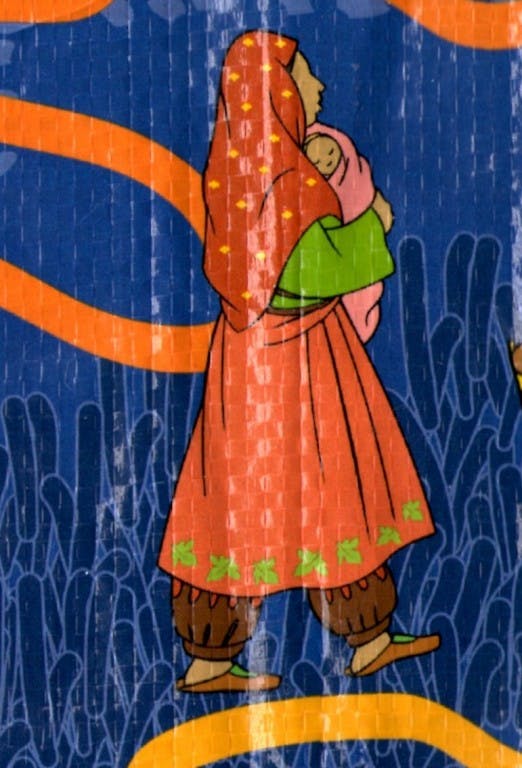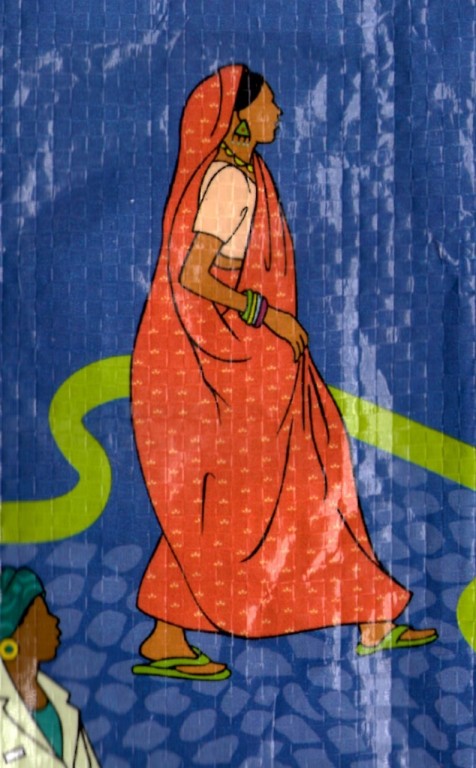AFTER A 100 YEARS JOURNEY, STILL MILES TO GO
Jan 21, 2015
Story



It is a journey of a century now.
It was the time at the turn of the 20th century that things were moving pretty fast in terms of technological advancements and social turbulence. Political activism was the order of those times thanks to the socialist movements. The technology had led to the burgeoning of industries and jobs, people were entering into paid work in industries of manufacturing and services. Trade unions were coming up and there was a wave of revolutions sweeping Europe.
With the change in the circumstances, women’s lives were changing too. Women were asserting against the political check on them and right to vote was being asked for.
With the rising consciousness , the idea of having a Women’s Day came forth .
1908—National Women’s Day was proposed by the Socialist women in US calling for political and economic rights of women along with the right to vote.
An impressive rally of 2000 women and men attended the rally in Manhattan marking the day..
In 1909 -- Women’s Day that year was celebrated to commemorate in the honour of the 200,000 striking garment workers in New York.
Their slogan - "We'd rather starve quick than starve slow" - revealed the desperation of their plight, while their courage and grim determination found expression in song:
In the black of the winter of nineteen-nine,
When we froze and bled on the picket line,
We showed the world that women could fight
And we rose and won with women's might.
In 1910 -the socialists German delegate Clara Zetkin proposed to the Second International Conference of Socialist Women in Copenhagen that an International Women's Day (IWD) be proclaimed. The motion was passed unanimously by 100 delegates from 17 countries. It was to take the rights of women at an international level.
Lena Lewis, U S. socialist, declared in 1910 that it was not a time for celebrating anything, but rather a day for anticipating all the struggles to come when "we may eventually and forever stamp out the last vestige of male egotism and his desire to dominate over women"
In 1911- first International Women’s Day was commemorated in Europe where One million people rallied for they demanded women's rights to work, to vocational training and to an end to discrimination on the jobs, along with the Right to Vote.
Russian revolutionary and feminist, Alexandra Kollontai wrote that it:
“exceeded all expectations. Germany and Austria .... was one seething trembling sea of women….in the small towns and even in the villages, halls were packed so full ….
Men stayed home with their children for a change and their wives, the captive housewives, went to meetings….”
In 1917, International Women’s Day in Russia saw the women in Leningrad come out to street to protest against the shortage of bread due to 3 years war with Germany, in a ‘Bread and Peace’ rally. Kollontai was again at the forefront, this time in her homeland.
It soon became a crowd of 100, 000 and then 200,000 workers. Later it spread and became an uncontrollable crowd despite being militarily attacked on the orders of the Czar Nicholas II . Ultimately the years of struggle bore fruits just 4 days after the Women’s movement and the Czar abdicated.
In December 1977 the UN General Assembly adopted a resolution proclaiming a United Nations Day for Women’s Rights. And has ever since UN has been an active advocate of women’s rights.
And hence, the women’s rights have come a long way since the journey that began in 1911. Many milestones have been achieved though the road ahead is still long and uphill.
Most countries have included human rights without any gender bias in their constitutions
Universal education has become universally accepted.
Great strides have been made in making women realise their rights and have learned how to access them.
Violence against women has come to be a recognised entity.
Incorporating gender perspectives into regular programmes and policies has become a priority at the United Nations and in many member states.
Women have made inroads into most fields. Women are seen more and more in the schools, universities and acquiring highest of degrees in many places. They have reached the top offices of Presidents, Prime Ministers too. They have gone to space too. Now many women can make real choices in work and in family issues.
Despite all these achievements, many more efforts are needed to reach the lesser fortunate sisters of ours, in various developing nations. Much remains to be done to achieve full equality, the voices of poor women residing in remote corners of the earth need to be heard too..
They still need to represent themselves in the business and politics proportionate to their numbers. Equal pay is still the burning issue for the women
Globally women's education, health and the violence against them still remains worse than that of men.
Organisations, governments and women's groups around the world choose different themes each year that reflect global and local gender issues.
Theme for International Women's Day 2011:
Equal access to education, training and science and technology: Pathway to decent work for women.
Some skeptics oppose the discriminatory concept of Women’s day believing that it promotes the rights of one group, leaving out the other.
They question the exclusivity of the women’s issue when the human rights should be inclusive—irrespective of the gender, age or any other bias.
Why dedicate a day exclusively to the celebration of the world's women? In adopting its resolution on the observance of Women's Day, the General Assembly cited two reasons:
-to recognize the fact that securing peace and social progress and the full enjoyment of human rights and fundamental freedoms require the active participation, equality and development of women;
-and to acknowledge the contribution of women to the strengthening of international peace and security.
IWD provides the opportunity to highlight the needs and concerns of women on national, regional and global agendas.
However the day also provides an opportunity to pay tribute to the achievements of women so far.
It gives an opportunity to women to realise how far have they come through the efforts of their senior sisters in achieving the rights and privileges which we often tend to take for granted. It also gives the insight to reflect and carry on the struggle towards further equality, peace and development until the last woman on this earth get all her due rights.
It is also a great occasion to unite, network and mobilize for meaningful change for themselves and for the world in general.
However, this journey towards complete emancipation of women from abuse, oppression and discrimination cannot be achieved unless we have men too in our camp. They make the essential and inseparable part of our lives and though the onus of the struggle lies on women themselves, but men need to be our partners in it.
We all need to do our bits to ensure that the future for girls is bright, equal, safe and rewarding.
To make a real difference, one needs to think globally and act locally !!
Everyday can be an International Women's Day if one is passionate about women’s rights.
I hope a time comes when we talk of human rights in general without having to worry about exclusive women’s rights.
That can be possible only if we become ‘gender blind‘.
HAPPY WOMEN’S DAY
SNIPPET:
COLORS OF WOMEN’S DAY
Purple, green and white are the official international women's colors. The colors originate from the Women's Social and Political Union (WSPU) active in the UK in 1908. The colors were said to represent:
white for purity in public as well as private life
purple for justice, dignity, self-reverence and self-respect .
green for hope and new life
The colors unified the women's movement and emphasized the femininity of the suffragettes. The tricolour of the WSPU soon became a visual cue for the women's movement in other countries. Purple, green and white were worn on International Women's Day and were used for other women's movement banners and posters.
More recently two change in colors have occurred:
-White has been rejected as a symbol of ‘purity’ being a controversial issue and women differ on it greatly.
-Gold color has been introduced representing a ‘new dawn’ commonly perceived as a new wave of feminism.
Dr Ilmana Fasih
March 8, 2011




